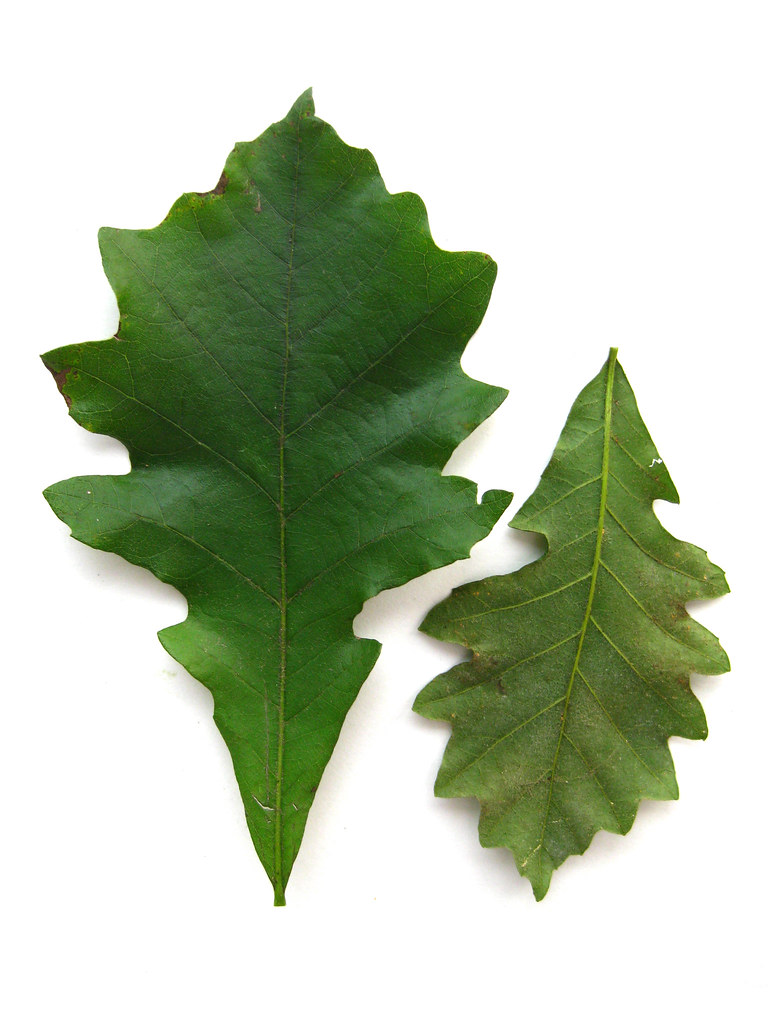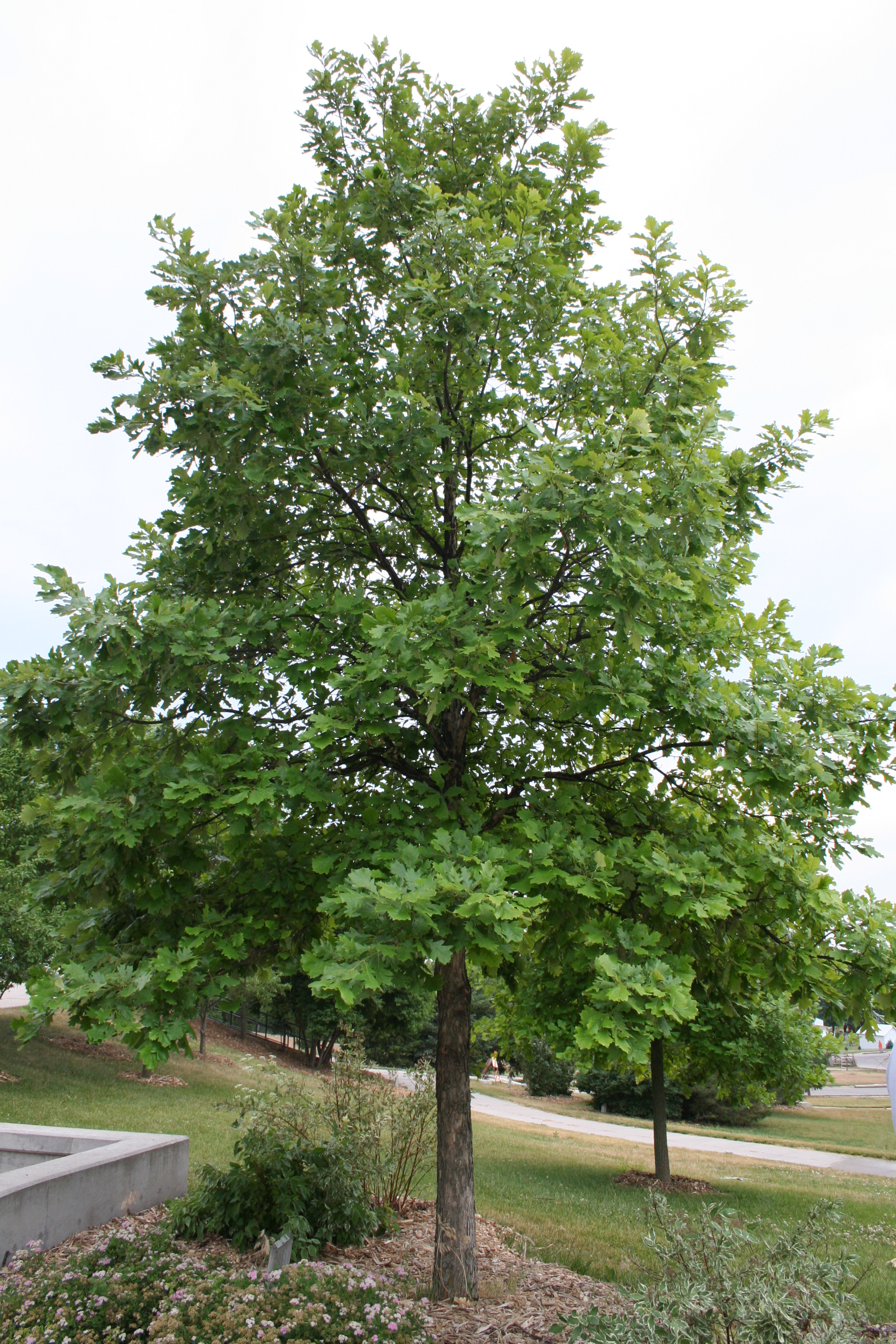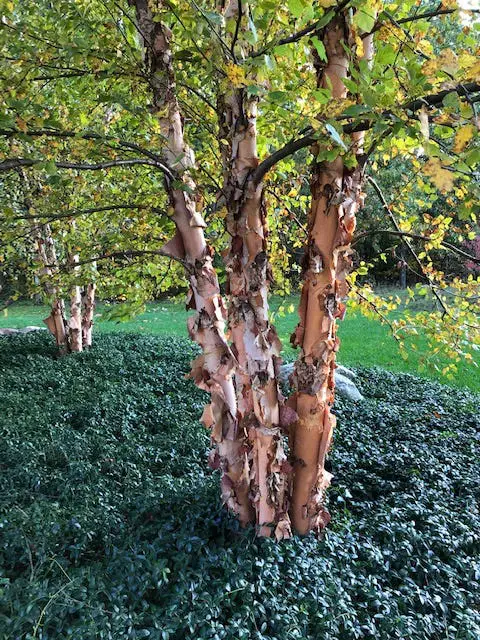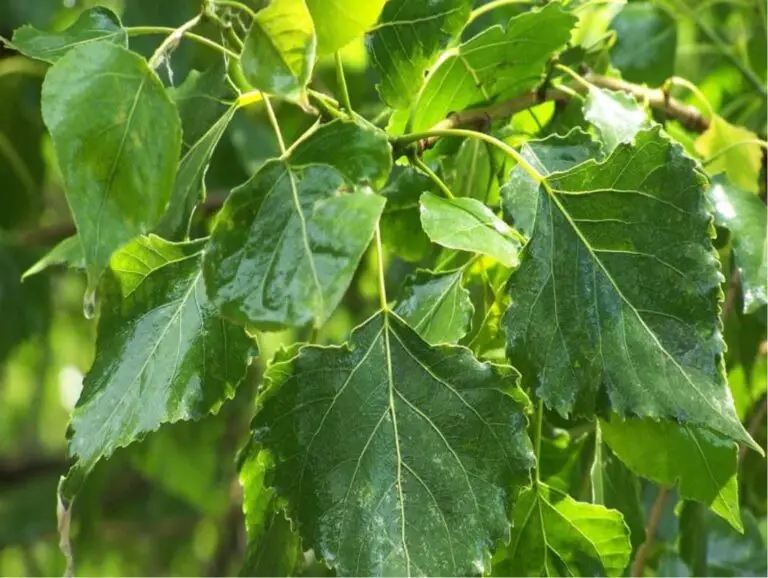Cultivating the Majesty of Swamp Oak in Garden Sanctuaries
Cultivating the Majesty of Swamp Oak in Garden Sanctuaries
Trees, with their stature and silence, have a way of instilling serenity in the most frenzied of places. And when a garden is meant to be a sanctuary, a certain kind of tree is needed — one that not only brings aesthetic delight but also contributes to the overall health of the space. The Swamp Oak (Quercus palustris), with its distinctive crown and autumnal flamboyance, stands as a silent sentinel in garden sanctuaries, weaving a tapestry of shade and wonder. This blog post is dedicated to the gardeners who wish to foster the noble presence of the Swamp Oak in their outdoor spaces.

Understanding the Swamp Oak (Quercus palustris)
Before we can nurture the Swamp Oak, we must understand its essence. This magnificent tree, also known as the pin oak, is native to the eastern United States and Canada. It’s a member of the red oak group and can be easily identified by its deeply lobed, bristle-tipped leaves, and the characteristic pin-like-cap on its acorns.
Description and Unique Characteristics
The Swamp Oak typically reaches a height of 60 to 70 feet but can sometimes grow as tall as 100 feet, making it a standout in any landscape. It is classified as a medium to fast-growing tree and has a tight, pyramidal crown in its youth, which later broadens into a more rounded shape. Its acorns provide essential food for various woodland creatures, further cementing its role in the local ecosystem.

Benefits for the Ecosystem and Garden Aesthetics
The ecological benefits of incorporating Swamp Oak into a garden are manifold. Not only does it offer a valuable habitat for birds and wildlife, but its sprawling root system also helps prevent erosion. Meanwhile, the aesthetics of the Swamp Oak change with the seasons; from the fresh green and vibrant spring flowers to the lush, shady summer canopy, and finally, to the burnished golds and reds of its autumn display.
Cultivating Swamp Oak in Garden Sanctuaries
Cultivating Swamp Oak requires consideration and careful planning. This section provides insights into the best practices for growing and maintaining the tree in a garden setting.
Ideal Growing Conditions and Soil Requirements
Swamp Oaks, despite their name, are versatile when it comes to growing conditions. They fare well in moist or dry soils, which means they can adapt to a range of garden types. However, the ideal soil for these trees is acidic and drains well. They prefer full sun but can tolerate partial shade, particularly in their early years.
Planting and Maintenance Tips for Optimal Growth
The best time to plant a Swamp Oak is in the spring or fall, allowing the tree to establish its roots before the stresses of summer or winter. Young oaks should be watered regularly, with less frequent watering as they mature. Pruning should focus on dead or damaged branches and is best done in late winter or early spring to avoid the spread of oak wilt disease.
Designing Garden Spaces with Swamp Oak
The interplay of design and nature is where the art of gardening resides. Here we explore how the Swamp Oak can be integrated into various garden spaces to maximize its impact and harmony with the rest of the flora.
Complementary Plant Selections
Selecting plants that complement the Swamp Oak in terms of beauty and mutual benefit is crucial. Underplanting with shade-loving perennials like ferns and hostas can create a lush understorey, while the mounded, frilly foliage of hydrangeas and the elegant simplicity of ornamental grasses play well with the vertical elements of the oak.
Creative Landscaping Ideas to Enhance the Presence of Swamp Oak
Landscaping with Swamp Oaks invites creativity. Placing benches or garden paths beneath its sheltering boughs allows for intimate moments with the tree. Feature lighting can transform the Oak’s silhouette into art come dusk, and incorporating garden art or sculpture at the base or within the canopy adds a touch of whimsy and contemplation.
Benefits of Incorporating Swamp Oak in Gardens
The question of why to plant a Swamp Oak can be answered in many ways. Environmental advantages merge with the sheer beauty of the tree’s form and foliage, making it an indispensable addition to any garden space.
Environmental Benefits
Swamp Oaks are ecosystem engineers. They support a vast array of wildlife with their acorns and serve as nesting trees for birds. The shade they provide cools the environment, thus making the garden more habitable for both plants and animals.
Aesthetic Value and Seasonal Interest
In terms of aesthetics, the Swamp Oak stands out. From its impressive size to the textural interest of its bark, there’s much to appreciate year-round. Come autumn, its fiery display is a showstopper, and in winter, its sinuous, silhouetted branches add a stark elegance.
Conclusion
The Swamp Oak, with all its grandeur, is not merely a tree for gardens; it’s a guardian of sanctuaries. Its presence invites contemplation, offers respite, and weaves a connection between the cultivated and the wild. To the gardening enthusiast looking to enrich their outdoor haven with a touch of arboreal charm, the Swamp Oak beckons. It is a beckoning to an understanding of the seasonal rhythms of nature, a beckoning to contribute to the local ecosystem, and a beckoning to simply enjoy the grace of one of nature’s most majestic creations.
Trees, with their stature and silence, have a way of instilling serenity in the most frenzied of places. And when a garden is meant to be a sanctuary, a certain kind of tree is needed — one that not only brings aesthetic delight but also contributes to the overall health of the space. The Swamp Oak (Quercus palustris), with its distinctive crown and autumnal flamboyance, stands as a silent sentinel in garden sanctuaries, weaving a tapestry of shade and wonder. This blog post is dedicated to the gardeners who wish to foster the noble presence of the Swamp Oak in their outdoor spaces.
Understanding the Swamp Oak (Quercus palustris)
Before we can nurture the Swamp Oak, we must understand its essence. This magnificent tree, also known as the pin oak, is native to the eastern United States and Canada. It’s a member of the red oak group and can be easily identified by its deeply lobed, bristle-tipped leaves, and the characteristic pin-like-cap on its acorns.
Description and Unique Characteristics
The Swamp Oak typically reaches a height of 60 to 70 feet but can sometimes grow as tall as 100 feet, making it a standout in any landscape. It is classified as a medium to fast-growing tree and has a tight, pyramidal crown in its youth, which later broadens into a more rounded shape. Its acorns provide essential food for various woodland creatures, further cementing its role in the local ecosystem.
Benefits for the Ecosystem and Garden Aesthetics
The ecological benefits of incorporating Swamp Oak into a garden are manifold. Not only does it offer a valuable habitat for birds and wildlife, but its sprawling root system also helps prevent erosion. Meanwhile, the aesthetics of the Swamp Oak change with the seasons; from the fresh green and vibrant spring flowers to the lush, shady summer canopy, and finally, to the burnished golds and reds of its autumn display.
Cultivating Swamp Oak in Garden Sanctuaries
Cultivating Swamp Oak requires consideration and careful planning. This section provides insights into the best practices for growing and maintaining the tree in a garden setting.
Ideal Growing Conditions and Soil Requirements
Swamp Oaks, despite their name, are versatile when it comes to growing conditions. They fare well in moist or dry soils, which means they can adapt to a range of garden types. However, the ideal soil for these trees is acidic and drains well. They prefer full sun but can tolerate partial shade, particularly in their early years.
Planting and Maintenance Tips for Optimal Growth
The best time to plant a Swamp Oak is in the spring or fall, allowing the tree to establish its roots before the stresses of summer or winter. Young oaks should be watered regularly, with less frequent watering as they mature. Pruning should focus on dead or damaged branches and is best done in late winter or early spring to avoid the spread of oak wilt disease.
Designing Garden Spaces with Swamp Oak
The interplay of design and nature is where the art of gardening resides. Here we explore how the Swamp Oak can be integrated into various garden spaces to maximize its impact and harmony with the rest of the flora.
Complementary Plant Selections
Selecting plants that complement the Swamp Oak in terms of beauty and mutual benefit is crucial. Underplanting with shade-loving perennials like ferns and hostas can create a lush understorey, while the mounded, frilly foliage of hydrangeas and the elegant simplicity of ornamental grasses play well with the vertical elements of the oak.
Creative Landscaping Ideas to Enhance the Presence of Swamp Oak
Landscaping with Swamp Oaks invites creativity. Placing benches or garden paths beneath its sheltering boughs allows for intimate moments with the tree. Feature lighting can transform the Oak’s silhouette into art come dusk, and incorporating garden art or sculpture at the base or within the canopy adds a touch of whimsy and contemplation.
Benefits of Incorporating Swamp Oak in Gardens
The question of why to plant a Swamp Oak can be answered in many ways. Environmental advantages merge with the sheer beauty of the tree’s form and foliage, making it an indispensable addition to any garden space.
Environmental Benefits
Swamp Oaks are ecosystem engineers. They support a vast array of wildlife with their acorns and serve as nesting trees for birds. The shade they provide cools the environment, thus making the garden more habitable for both plants and animals.
Aesthetic Value and Seasonal Interest
In terms of aesthetics, the Swamp Oak stands out. From its impressive size to the textural interest of its bark, there’s much to appreciate year-round. Come autumn, its fiery display is a showstopper, and in winter, its sinuous, silhouetted branches add a stark elegance.
Conclusion
The Swamp Oak, with all its grandeur, is not merely a tree for gardens; it’s a guardian of sanctuaries. Its presence invites contemplation, offers respite, and weaves a connection between the cultivated and the wild. To the gardening enthusiast looking to enrich their outdoor haven with a touch of arboreal charm, the Swamp Oak beckons. It is a beckoning to an understanding of the seasonal rhythms of nature, a beckoning to contribute to the local ecosystem, and a beckoning to simply enjoy the grace of one of nature’s most majestic creations.






